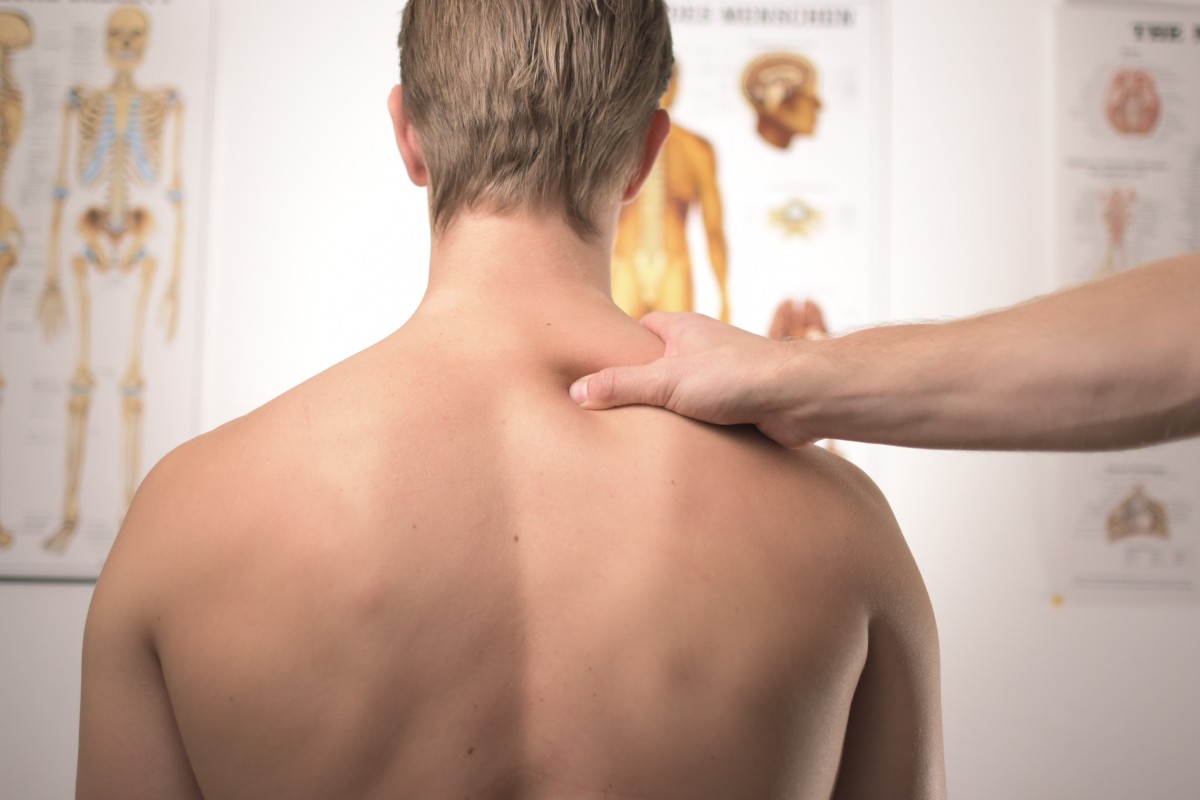Treatment directed towards the neck helps to reduce pain and improve function in patients with post-concussion symptoms
In the first 2 articles, I have written on this topic we have learned from recent research that patients who suffer from symptoms after a concussion, commonly known as Persistent Post Concussion Syndrome (PPCS) have a lower quality of life and commonly also complain of neck-related pain and stiffness.
As an extension of these articles, we would naturally presume that it may be possible to improve a patient’s PPCS symptoms by treating their neck. In this third and final article on this topic, we discuss a research paper published in 2017 which studied the outcomes of treatment to the neck in patients with PPCS with manual and soft tissue therapy.
A concussion is typically defined as a mild brain injury, and yet the brain is unlikely to be the only source of persistent post-concussion symptoms. Concurrent injury to the neck, in particular, is acknowledged as a potential source of common persistent symptoms such as headache, dizziness and neck pain. There is an enormous body of research online focussing on the study of concussion, how to prevent it, how to treat it and how to manage it afterward. This research is being conducted by a variety of different professions and institutions worldwide.
Research conducted in 2017 in the Journal of Musculoskeletal Science and Practice studied 46 people who were referred to a Physiotherapist for care post-concussion and were assessed based upon their response to care. Out of the 46 people, 32 were reported by the Physio of having a neck component to their problem, a total of 70%. These 32 patients were treated with manual and soft tissue therapy along with a prescription of home exercises to assist eye/head coordination and were gradually encouraged to return to aerobic exercise. This treatment resulted in significant improvements in the function of the patient’s neck and also lead to a significant decrease in pain.
The conclusions of this article were that these clinical findings described above give support to the idea that the neck may contribute to persistent post-concussion symptoms, and highlight the value of assessment and treatment of the neck following a concussive injury. As a practitioner who sees patients for these exact problems, it is heartening to read and discover quality research on this topic.
I hope you have enjoyed my discussion about concussion and treatment of the spine. It can be difficult collating and concisely explaining pages of scientific data and discussion to the public and not get bogged down by jargon or superfluous detail. If you have read all three of my articles and now have a greater understanding of the role of the neck in the concussion and how it is important to have your neck assessed and treated correctly then I am pleased.
If you have any questions please respond to these posts and I will endeavour to answer you in more detail.
Kennedy, E, et al. Clinical characteristics and outcomes of treatment of the cervical spone in patients with persistent post concussion symptoms. A retrospective analysis. J. Musculoskelet Sci Pract. Vol 29. Pgs 91-98. June 2017.
